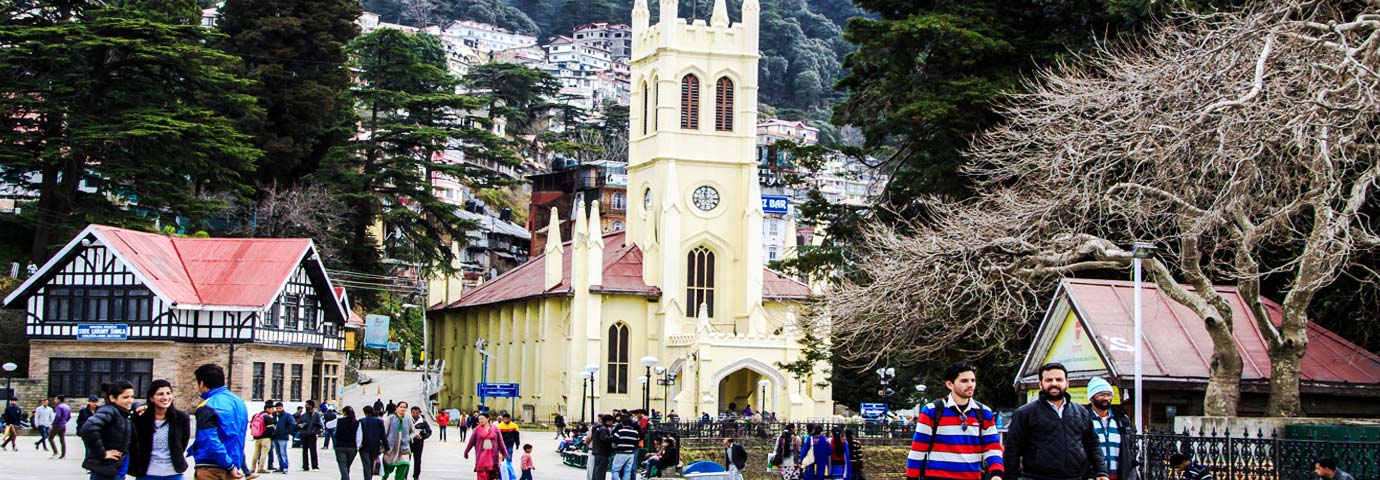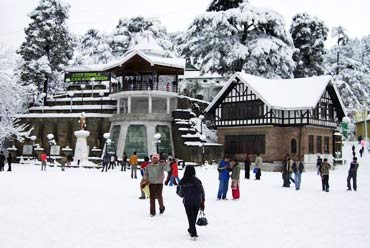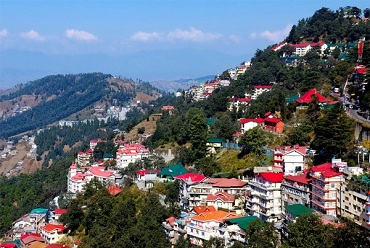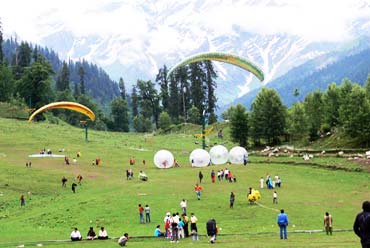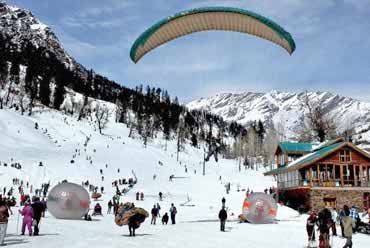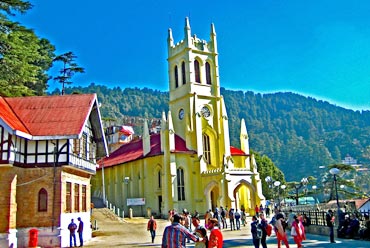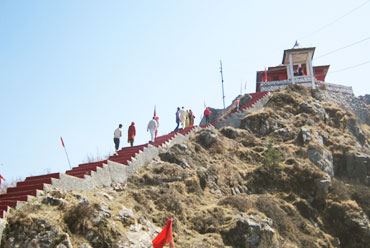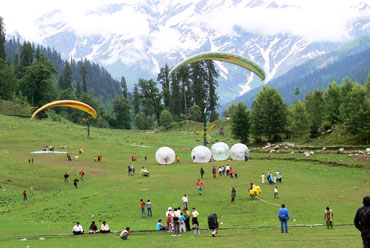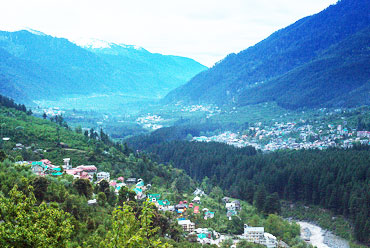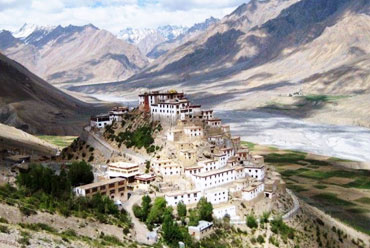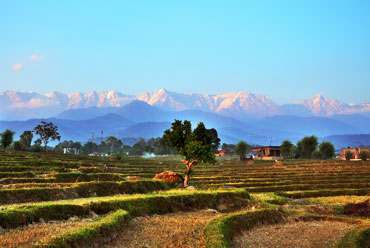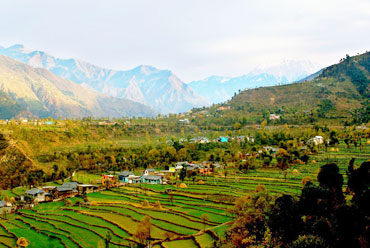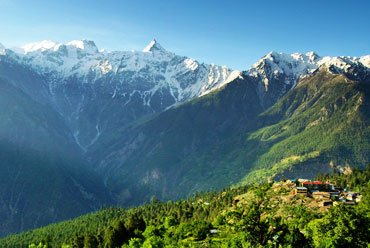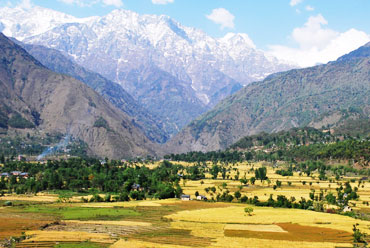Shimla, one of India's most famous hill stations, derives its name from Goddess Shyamala, an incarnation of Goddess Kali, the deity of power and wrath. However, unlike its name, Shimla is a perfect heaven for the ones in search of tranquility. Nature has blessed this capital city with innumerable gifts and man has used them to make Shimla one of India's best locales.
Location
Perched at an altitude of 2159 m above sea level, Shimla is located towards the southern parts of the north Indian state of Himachal Pradesh. It is the state capital and is at a distance of 343 km from Delhi, 260 km from Manali, and 119 km from Chandigarh. The temperature range is not very high and the maximum temperature rarely crosses 25°C during summers. Winters are cold due to the chilly winds from the upper Himalayas. Around Christmas, Shimla experiences snowfall. The best season to visit Shimla is between September and November.
History
The British discovered Shimla in the form of a little village in 1819. Until then, it was a part of the Nepalese kingdom. It was during Lord William Bentinck's time that Shimla was truly acquired by the Government of India. The British persuaded the local Raja to part with the land in 1830, and the settlement became the subcontinent's most fashionable summer resort. In 1864, Shimla was declared the summer capital of India. After the independence of India, Shimla became the capital of Punjab until 1966, when it came under Himachal Pradesh.

